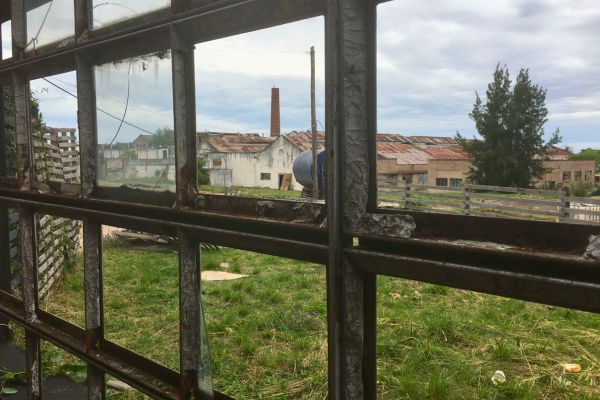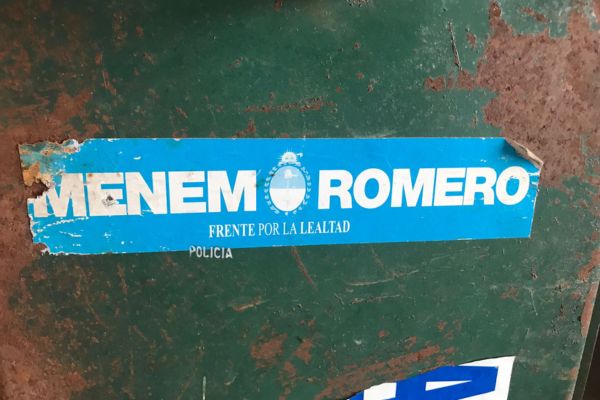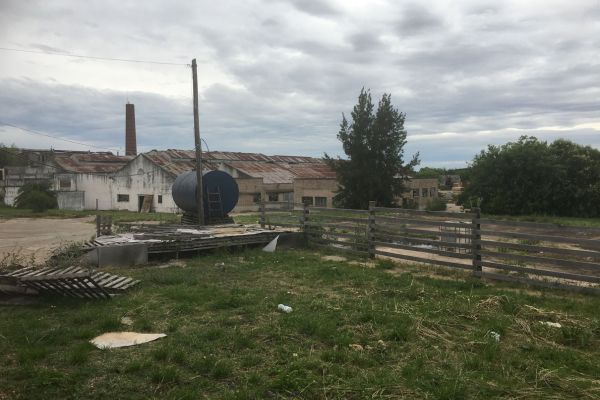Exploring the Historic Town of Liebig: Argentina’s Corned Beef Legacy

Liebig, a small town nestled along the banks of the Uruguay River in Entre Ríos province, holds a unique place in Argentina’s industrial history. Once a booming hub of meat processing, the town and its famous corned beef factory became known worldwide for producing one of the most significant food products of the early 20th century. Today, Liebig is a peaceful destination where visitors can explore remnants of its industrial past, stroll through quiet streets, and enjoy the scenic beauty of the surrounding countryside.
A Brief History of Liebig and Its Corned Beef Factory

The Liebig Corned Beef Factory played a vital role in Argentina’s meat industry. Founded by English investors in the late 19th century, the factory became a key player in the global food supply. At its peak, it produced vast quantities of corned beef and other meat products that were exported worldwide, especially to Europe. Liebig became known as the “Gran Cocina del Mundo” (The Great Kitchen of the World) due to its essential role in feeding soldiers during World War I.

It is said that in the 1920s, Prince Edward, Duke of Windsor (then the Prince of Wales), visited the Liebig factory when it was at its prime. His visit, though not officially documented, reflects the factory’s international importance and Argentina’s key role in global food production during that era.
Declared a "Bien de Interés Industrial - Nacional" (Industrial Interest of National Significance) and "Patrimonio Histórico Nacional" (National Historic Heritage) in 2017, the Liebig factory still stands as a symbol of Argentina’s industrial past. In 2020, guided tours of the site began, offering visitors a deeper understanding of its historical significance.
The Decline and Legacy of Liebig

As global demand for corned beef shifted after the wars and industrial practices evolved, production in Liebig declined, eventually ceasing altogether. Across the Uruguay River, the town of Fray Bentos in Uruguay shared a similar fate. Together, these two towns were the epicenters of corned beef production, feeding millions of people around the world. Liebig finally ended operations in the last 1980s'.


Since the factory's closure, there have been several attempts to repurpose the site, including a brief stint as a bar-turned-nightclub and even a paintball venue, reflecting efforts to breathe new life into the historic location.
Although no corned beef is produced in Liebig today, visitors can still explore the impressive remains of the factory. The site, though quiet now, gives a sense of the grandeur it once held, towering over the landscape and offering a glimpse into the past.
Visiting Liebig Today

Today, Liebig is a peaceful town that feels like a ghost town during the week, with only a few convenience stores operating.

However, on weekends and public holidays, the factory tours offer a fascinating look into Argentina’s industrial heritage. It's worth checking ahead for availability, as tours can be canceled due to extreme weather, such as the heatwave that affected a recent visit. They usually respond if you send a message via their social media channels.

Even if the tour is unavailable, visitors can still admire the factory from a distance and appreciate its historic architecture. The streets of the town, with their well-built drainage systems and old school buildings, reflect the care that went into the town’s development.


You can also visit the elegant residence that once housed the head of the factory, showcasing the wealth and prestige of the factory’s management.

For a unique photo opportunity, don’t miss the giant Liebig corned beef tin in the town square. It's a quirky reminder of the town’s legacy. You can also see the remnants of the old cattle fences, which were used to guide livestock into the factory—a sight that offers a tangible connection to the industrial past.
Relax by the Uruguay River

Liebig is also a great destination for nature lovers. The town features a small beach on the banks of the Uruguay River, where locals and visitors alike relax during the summer months. On weekends, the beach gets busy, but if you’re looking for a quieter experience, a speedboat service can take you to a nearby sandbank island in the middle of the river. These sandbanks are a hidden gem, offering peace and tranquility. However, be aware that if there’s been a lot of rain, the water levels may rise, making the sandbanks inaccessible.
Getting to Liebig
Liebig is located about 30 minutes from the town of Colón in Entre Ríos, and can be reached by bus or taxi. A local bus service departs regularly from Colón, or you can take a taxi from either Colón or San José. Keep in mind that ride-sharing apps don’t operate in the area, so you’ll need to arrange for a taxi in advance for your return journey.
Plan Your Trip to Entre Ríos

While Liebig may be too far for a day trip from Buenos Aires (about 4-5 hours away by car), it makes an excellent destination for a relaxing weekend. The region offers much more than just industrial history. You can also visit the nearby El Palmar National Park, famous for its ancient palm trees, or spend time lounging on the beaches along the river.

Liebig is a charming stop that allows you to step back in time, learn about the history of corned beef production, and enjoy the natural beauty of Entre Ríos. Whether you’re drawn by the history, the tranquility, or the scenic surroundings, Liebig offers a unique experience that blends Argentina’s past with its picturesque present.

